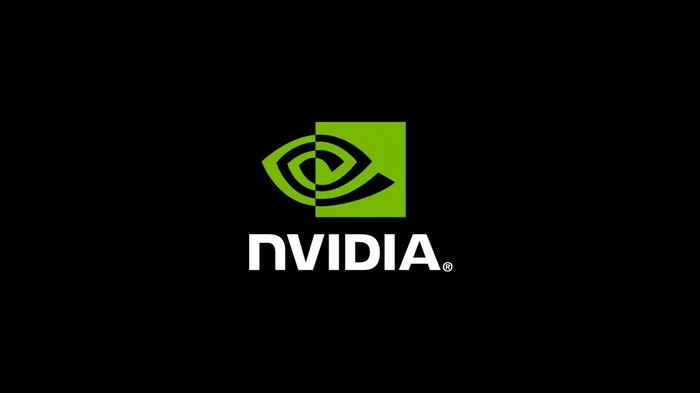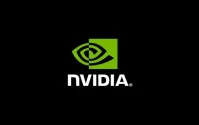Nvidia's stock (NVDA) has seen a lot of hype, and Oppenheimer's Rick Schafer is adding fuel to the fire with a raised price target of $265. But is this optimism justified, or are we seeing the early signs of an AI-driven bubble? Let's dig into the numbers.
Data Center Dominance: A Closer Look
Schafer points to Nvidia's Data Center (DC) revenue as the primary driver, expecting a 58% year-over-year increase in F3Q. This hinges on the shift from GB200 to GB300, with cloud service providers supposedly installing around 1,000 racks per week. Sounds impressive, right? But let’s do some quick back-of-the-envelope math. At an estimated $40 billion spend for 8,000 VR200 racks, that's $5 million per rack. One thousand racks per week translates to $5 billion weekly or $65 billion per quarter. If we accept that DC revenue accounts for 88% of Nvidia's business, where is that $65 billion showing up in the total sales number?
Management has noted a backlog of 20 million Blackwell/Rubin GPUs, with 6 million already shipped. Okay, but backlog numbers are notoriously unreliable. It's a commitment to potentially buy, not a guaranteed sale. I’ve seen enough of these reports to know that backlog can evaporate faster than ice in July.
Schafer also highlights networking, expecting a 63% rise in F3Q, driven by NVLink and Spectrum-X/Infiniband. Spectrum-X is supposedly at a $10 billion run rate. I find this claim a little… inflated. If networking accounts for 16% of DC revenue, and DC revenue is expected to be substantial, how does a single product line (Spectrum-X) account for such a large chunk of the total? The correlation doesn't quite line up (parenthetical clarification: in fact, it seems to be missing entirely).
Gaming and Beyond: A Rounding Error?
In Gaming, Nvidia is partnering with Intel. Schafer believes the RTX integrated GPU delivers "higher performance" than Intel's ARC iGPU. Gaming accounts for only 9% of revenue. Honestly, at this point, it feels like a rounding error compared to the AI narrative.
Meanwhile, Schafer has raised his EPS forecasts for calendar years 2025, 2026, and 2027 to $4.56, $6.93, and $8.50, respectively, up from $4.55, $6.08, and $7.13. A few pennies here and there... I mean, come on. It hardly seems like a justification for a 39% price target increase.

Wall Street analysts expect Nvidia to generate $207 billion in revenue during FY 2026 (ending January 2026). If Nvidia gets about a third of all AI capital expenditures, and the market truly rises to a $3 trillion opportunity by 2030, Nvidia could generate $1 trillion in revenue. That's a big "if." What are the chances that Nvidia will maintain its current market share in the face of increasing competition and the commoditization of AI hardware? Not as likely as the analysts seem to think.
The stock trades for less than 30 times next year's earnings, which is about the same price tag as other big tech stocks. Considering that Nvidia is growing at a far faster pace than these three, it makes its stock look relatively cheap. But "relatively cheap" in a market fueled by hype is still expensive.
The $3 Trillion Question
Nvidia management believes data center capital expenditures could reach $3 trillion to $4 trillion by 2030. That's a bold projection. What assumptions are baked into that number? What happens if regulatory hurdles slow down AI deployment, or if a new, more efficient computing paradigm emerges?
Nvidia projects that global data center capital expenditures will rise to $600 billion this year, then increase to $3 trillion to $4 trillion by 2030. That's a massive runway over the next few years, and each company will be primed to benefit from this general opportunity if that project pans out. Even if it's a bit of an overestimation, the general direction is probably right. But by how much is it overestimated? A 10% overestimation is different from a 50% one.
A Calculated Gamble, Not a Sure Thing
Oppenheimer's $265 price target feels more like a calculated gamble based on optimistic projections than a data-driven conclusion. The AI market is undoubtedly growing, but the extent of that growth, and Nvidia's ability to maintain its dominance, are far from certain. Oppenheimer Sets the Stage for Nvidia Stock Ahead of Earnings, Lifting the Price Target to $265










